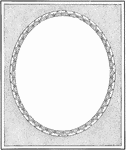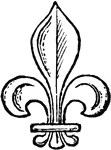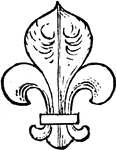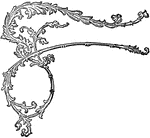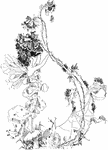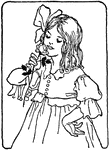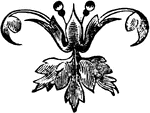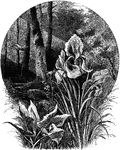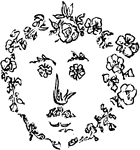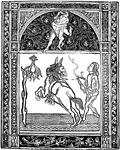
Clove Pink
The fimbriate petals of the flower of the Clove Pink (Dianthus caryophyllus), from the Caryophyllaceae…

Common Flax
Common Flax (Linum usitatissimum) is a flowering plant in the Linaceae family of flaxes.
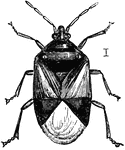
Insidious Flower Bug
The Insidious Flower Bug is an insect in the Heteroptera suborder of true bugs.

International Delivery Men Border
An full page border illustrated with delivery men with country names alongside them.

Crown Imperial
The Crown Imperial or Kaiser's Crown (Fritillaria imperialis) is a flowering plant in the Liliaceae,…

Shortnose Sturgeon Tail
"Heterocercal Caudal Fin of a Sturgeon (Acipenser brevirostris), showing the series of fulcrums, Fl,…
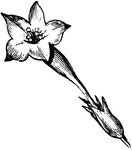
Funnelform Corolla
"In botany, applied to a monopetalous corolla shaped like a funnel, in which the tube enlarges gradually…

Platform of Strassburg Cathedral
Strasbourg is a city in France. It is located near the German border and at one time was a part of the…
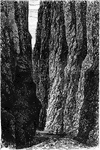
The Valley of Hell
The Höllental (Valley of Hell) is one of the routes on the German side leading up the Zugspitze (the…

Ramparts of Ulm
Ramparts or limes, defensive walls or fortifications constructed for defense of ancient cities or settlement…
Flower
Tangrams, invented by the Chinese, are used to develop geometric thinking and spatial sense. Seven figures…

Flower
Tangrams, invented by the Chinese, are used to develop geometric thinking and spatial sense. Seven figures…
Flower
Tangrams, invented by the Chinese, are used to develop geometric thinking and spatial sense. Seven figures…
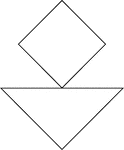
Flower
Tangrams, invented by the Chinese, are used to develop geometric thinking and spatial sense. Seven figures…
Flower
Tangrams, invented by the Chinese, are used to develop geometric thinking and spatial sense. Seven figures…

Flower
Tangrams, invented by the Chinese, are used to develop geometric thinking and spatial sense. Seven figures…
Flower
Tangrams, invented by the Chinese, are used to develop geometric thinking and spatial sense. Seven figures…
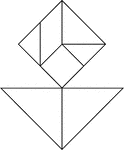
Flower
Tangrams, invented by the Chinese, are used to develop geometric thinking and spatial sense. Seven figures…
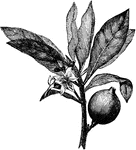
Huito
The Huito (Genipa americana) is a small tree with edible fruit in the madder family, Rubiaceae.

Great Yellow Gentian
The Great Yellow Gentian (Gentian lutea) is a flowering plant in the Gentian family, Gentianaceae.
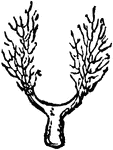
Indian Rice Grass
Indian Rice Grass (Zizania aquatica), also known as Wild Rice, or Water Oats, is found in swampy borders…
Indian Rice Grass
Indian Rice Grass (Zizania aquatica), also known as Wild Rice, or Water Oats, is found in swampy borders…
Indian Rice Grass
Indian Rice Grass (Zizania aquatica), also known as Wild Rice, or Water Oats, is found in swampy borders…

Slender Foxtail Grass
The Slender Foxtail is distinguished from the meadow foxtail by its slender panicle, larger spikelets…

Timothy Grass
Timothy (Phleum pratense), or Herd's Grass is commonly grown for cattle feed and, in particular, as…

Redtop Grass
The Redtop Grass (Agrostis vulgaris), also known as Burden's Grass, is a perennial grass with smooth,…

Fiorin Grass
Fiorin Grass (Agrostis stolonifera) is a variety of English bent. In experiments it was found to be…
Sounthern Bent Grass
The Southern Bent Grass (Agrostis dispar) furnished rather course hay, and leads a large produce on…

Fowl Meadow
Fowl Meadow Grass (Poa serotina), also called False Redtop, has two to four spikelets (shown here),…

Fowl Meadow
Fowl Meadow (Poa serotina), also called False Redtop, has two to four spikelets, sometimes five flowered.…





